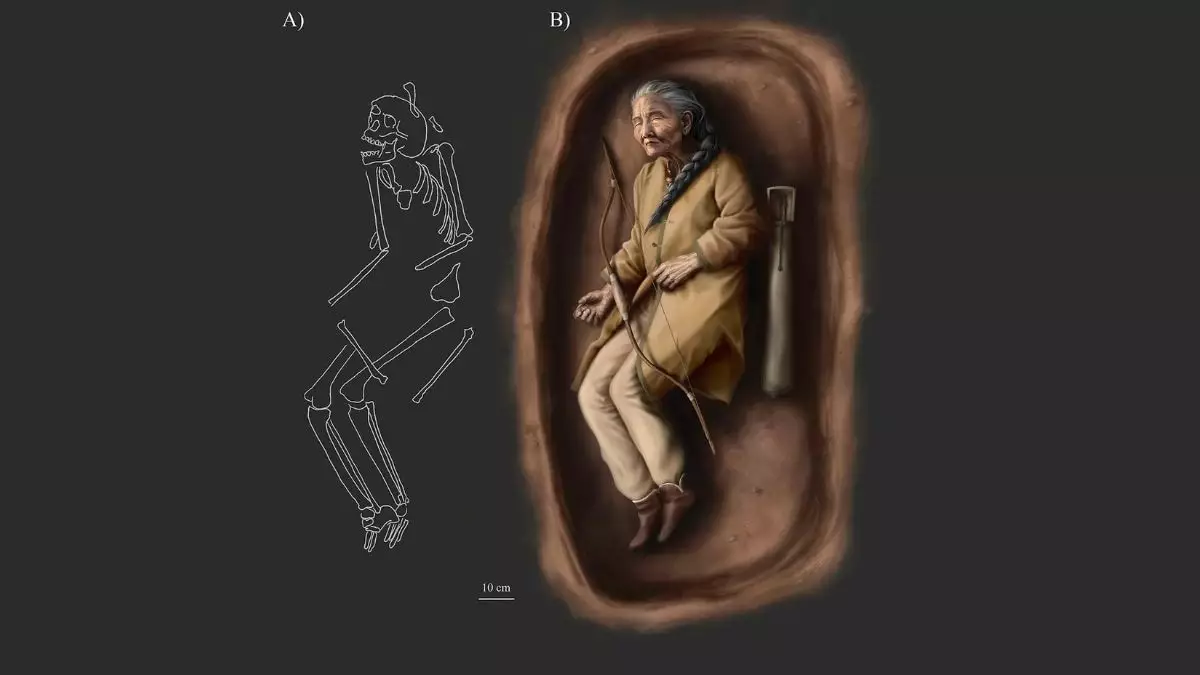Recent excavations at the Sárrétudvari-Hízóföld cemetery in Hungary have unveiled a remarkable burial that has stirred interest among historians and archaeologists alike. The grave, dated to the 10th century, features skeletal remains alongside unusual grave goods, including weapons typically associated with male warriors. This groundbreaking find is not only significant in its own right but also challenges longstanding perceptions of gender roles during the Hungarian Conquest period—a tumultuous time characterized by warfare and nomadic lifestyles.
Historically, the notion of female participation in martial roles has often been overlooked or dismissed. Scholars have largely portrayed women of this era as supportive but passive figures, focused on domesticity. However, this new evidence, led by Dr. Balázs Tihanyi and detailed in the journal PLOS ONE, suggests that women may have played more complex roles than previously envisioned. The burial of the individual designated SH-63, whose gender was confirmed through modern genetic testing despite the state of preservation of her remains, raises critical questions regarding the societal structures of the time.
Among the artifacts discovered in SH-63’s grave were a silver penannular hair ring, ornate bell buttons, and a bead necklace—items generally associated with femininity in archaeological contexts. However, the inclusion of archery-related equipment like an arrowhead, quiver components, and even an antler bow plate complicates this picture. Such a blend of typical male and female grave goods signifies a possible overlap in societal roles, suggesting that the boundaries between gendered responsibilities in this era may have been more fluid than traditionally believed.
While the presence of weaponry is intriguing, researchers have been cautious in attributing martial status to SH-63. Dr. Tihanyi emphasized that a woman in possession of weapons does not automatically denote her as a warrior; instead, warrior status is deeply entwined with specific societal roles and responsibilities. Physical evidence such as joint trauma or wear may indicate horseback riding or weapon handling—skills possibly aligned with both martial and everyday activities. This nuanced interpretation highlights the dangers of oversimplification when examining historical figures through a contemporary lens.
The implications of this discovery extend beyond mere archaeology, penetrating the realms of gender studies and social history. The burial challenges us to reconceptualize our understanding of gender dynamics and societal roles during the tumultuous 10th century in Hungary. Future investigations are set to delve deeper into comparative analyses with similar burials from this period, aiming to further illuminate the complexities of life and social structure during a defining moment in Hungarian history.
As we explore these rich layers of history, the case of SH-63 serves as a compelling reminder that our narratives surrounding gender and societal roles must evolve, reflecting the realities of the past with greater complexity and depth.

Leave a Reply